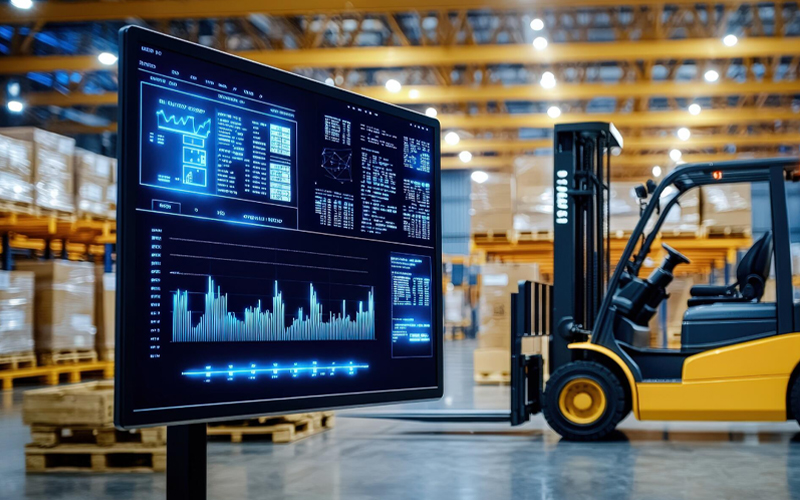Customer preferences have always been a crucial element driving market dynamics. Today, customers are more environmentally conscious, demanding ethical, eco-friendly and socially responsible products. They prefer to purchase from companies that demonstrate these values. Businesses that wish to succeed must change their procurement strategies to meet these expectations. Not surprisingly, in Deloitte's 2023 Global Chief Procurement Officer Survey, CPOs ranked responding to new ESG requirements as their second-highest enterprise priority behind operational efficiency. However, to achieve this goal, CPOs need to team up with another critical function. A PwC leadership insight report titled, What’s important to the CFO in 2025, states how the sustainability centre of gravity has shifted to the finance function. That makes it imperative for CFOs and CPOs to work collaboratively to ensure ESG compliance and reduce costs.
A powerful tool that aids in this endeavour is spend analysis. It helps analyse patterns and track progress related to supplier diversity, carbon reporting, sustainability goals, etc. Besides analysing past expenses, it provides pattern-based future spending forecasts that can change business planning. It enables businesses to make data-driven decisions on sustainable business practices aligned with the organisation's goals.
Spend analysis: The backbone of data-driven procurement
Spend analysis studies the organisation's expenses to identify categories and patterns to identify opportunities that maximise value. It involves collecting, cleansing, classifying and analysing data to understand how spending works. This understanding helps boost efficiency, reduce costs and improve compliance. In the long run, it leads to streamlined operations, higher savings and better risk management. It answers some key questions like:
- What are we spending on?
- Where are we spending it?
- Who are we buying from?
The answers to these questions sometimes present surprising information, often not easily gleaned. Sometimes, little expenses that bypass processes escape notice but add up to a significant amount, maverick or rogue spending being a good example. Procurement teams can make intelligent data-driven decisions by understanding these missed opportunities to save and improve. How does this help organisations pivot towards sustainable procurement?
Sustainable procurement: A growing priority
Let's begin by decoding the term sustainable procurement. It means:
- Minimising environmental impact: Using eco-friendly materials and reducing carbon emissions.
- Promoting social responsibility: Ensuring fair labour practices.
- Supporting economic sustainability: Conserving resources and fostering long-term economic growth.
Organisations must build these into their supply chain management through green procurement practices. Spend analysis enabled this through two significant steps.
- Identifying opportunities for sustainable sourcing
- Choosing suppliers or raw materials with lower footprints or exploring local suppliers.
- Opting for eco-friendly products or sustainable packaging.
- Designing for longevity following circular economy principles.
- Optimising transport costs through alternate routes or using alternative fuels.
- Leveraging consumer demand forecasting to manage inventory.
- Leveraging performance metrics to track sustainability goals
- Define KPIs that align with the goals
- Implement sustainability supplier scorecards
- Track product lifecycle analysis metrics
- Showcase sustainability cost metrics
One of the first steps in moving towards sustainable procurement is to study the current process to uncover areas with scope for improvement. Spend analysis enables this through an understanding of the environmental impact of purchases from sourcing to end-of-life disposal. Through a data-driven analysis of procurement patterns, spend analysis empowers businesses to make informed choices about high-impact areas. Some examples are:
These choices while minimising risks also aid in building a reputation as a responsible business. Spend analytics in procurement enables all this and more, provided businesses ensure good data and invest in efficient analytics tools.
It is not enough to identify opportunities in sustainable procurement and act on those. Businesses must also identify and monitor performance metrics to remain on course to achieve their sustainability goals. Here is how you can leverage spend analysis in this step.
Identify and clearly define KPIs that align with organisational sustainability goals. Depending on the sector, reducing carbon emissions, increasing the use of recycled materials, reducing energy consumption or using more renewable energy, reducing waste and water usage, etc., could be a few KPIs to track.
Develop scorecards to periodically audit suppliers on Environmental and Social Governance (ESG) aspects. These scores must become part of the supplier evaluation process, in line with the industry benchmarks.
Detailed product lifecycle metrics highlight where/which part of the product has the maximum impact on sustainability during the journey from sourcing to disposal. These could be water usage, greenhouse gas emissions, energy consumption, etc.
It is commonly believed that sustainability comes with a high cost and can be expensive. However, tracking a few metrics that demonstrate the positive impact of sustainability can change that perspective. For example, savings realised due to energy-efficient practices/systems, switching to sustainable raw materials or suppliers, etc., can convince the stakeholders about the viability.
A McKinsey research found that “Two-thirds of the average company’s environment, social, and governance footprint lies with suppliers.” Hence, the procurement function must be one of the key drivers in this journey. Their best aid to realise this sustainable transformation is spend analysis – a necessary synergy to unlock new growth opportunities, enhance competitiveness, and positively impact the environment and society.
How can Infosys BPM help?
Infosys BPM's spend analytics offering augments an enterprise’s procurement ecosystem with AI-enabled data management, spend classification, and opportunity identification. TradeEdge, our enterprise-grade AI-powered Spend Intelligence offering, helps enterprises overcome business challenges in their digital transformation journey with across-the-spectrum features.








